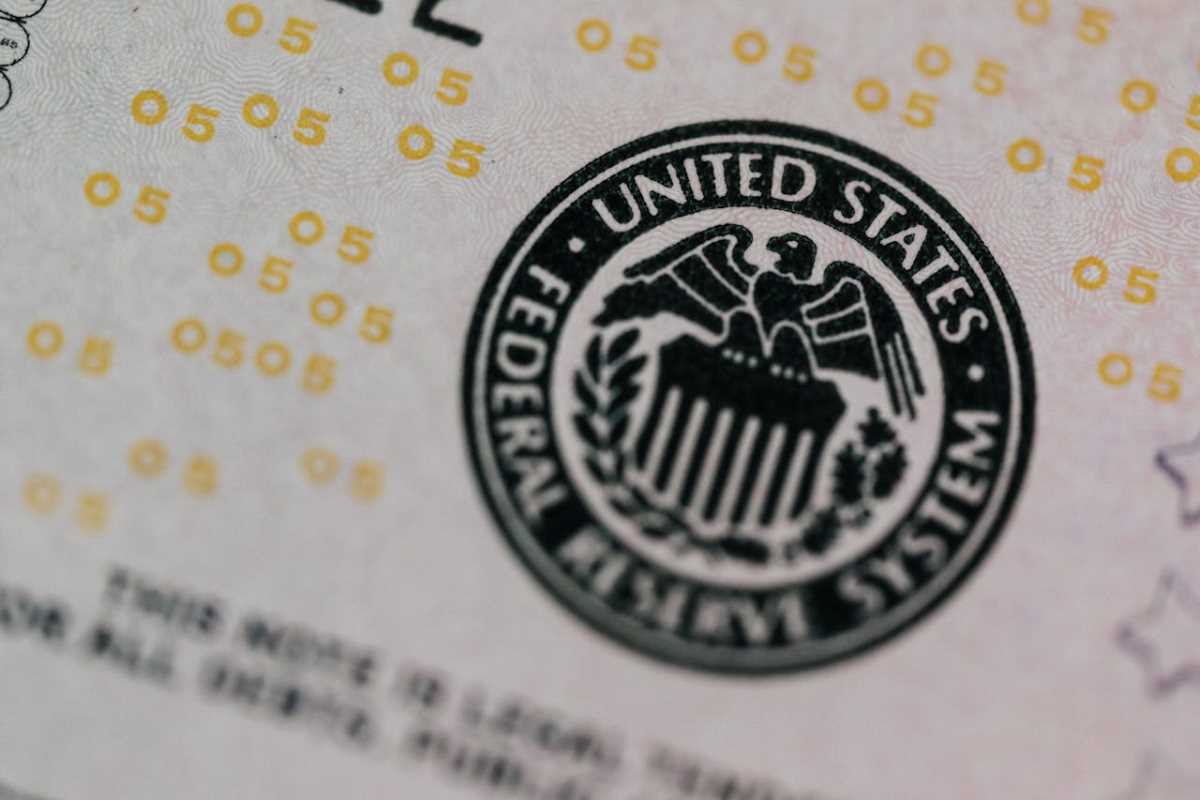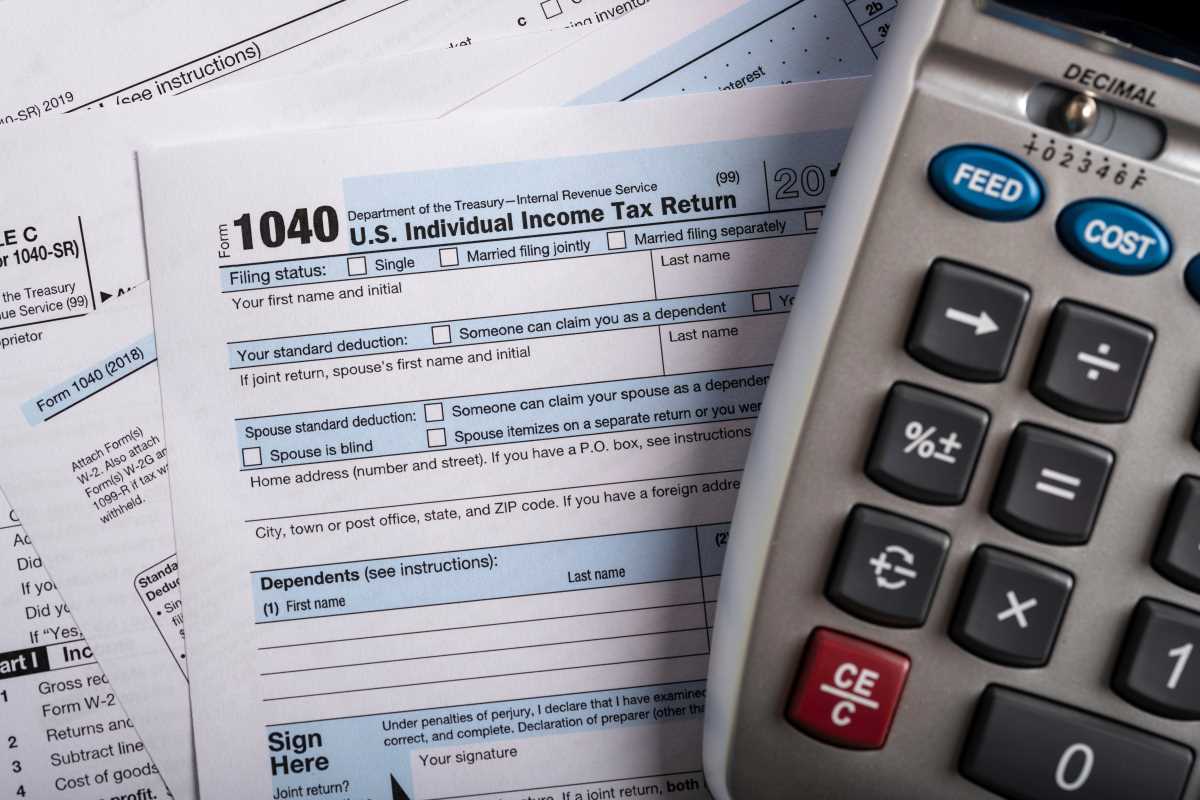Student loan debt is a growing concern for many individuals as they enter adulthood. The cost of higher education has risen significantly over the years, leading to increased debt students accrue during their studies. While student loans are an investment in your future, they can also become a major financial burden if not managed properly. Fortunately, student loan consolidation and a few strategic tips can help make paying off student loan debt more manageable and less stressful. In this article, we will explore how student loan consolidation works, the benefits it offers, and tips for paying off your loans faster and easier.
What is Student Loan Consolidation?
Student loan consolidation is combining multiple federal student loans into a single loan, ideally simplifying the repayment process. This is done by consolidating your loans into a Direct Consolidation Loan through the U.S. Department of Education. The consolidation does not change the total amount of debt you owe, but it combines all your loans into one manageable payment with a fixed interest rate. Consolidating your loans has several potential benefits, such as reducing the number of payments you need to manage each month and extending the repayment term, which can lower your monthly payment. However, consolidation is not suitable for everyone, and there are pros and cons to consider before consolidating your student loans.
Pros and Cons of Student Loan Consolidation
Pros:
- Simplified Payments: The primary benefit of consolidation is simplifying your student loan payments. If you have multiple loans with different servicers and due dates, consolidating your loans will result in a single loan and a single monthly payment.
- Lower Monthly Payments: Extending your repayment term can reduce your monthly payment. While this may result in more interest over the life of the loan, it can make your payments more manageable in the short term.
- Access to Income-Driven Repayment Plans: If you haven’t already enrolled in an income-driven repayment plan, consolidating your loans may allow you to take advantage of one. These plans can reduce your monthly payment based on your income and family size.
- Forgiveness Benefits: If you are eligible for Public Service Loan Forgiveness (PSLF), consolidating your loans could help you qualify. PSLF is available to borrowers working in certain public service jobs and offers forgiveness after 120 qualifying monthly payments.
Cons:
- Loss of Borrower Benefits: Consolidating your loans may result in the loss of certain borrower benefits, such as interest rate discounts, loan cancellation options, and repayment incentives.
- Higher Interest Costs: While consolidation can lower your monthly payments by extending your repayment period, it could result in paying more interest over time. This is particularly the case if you consolidate loans with different interest rates.
- Ineligibility for Federal Student Loan Forgiveness Programs: If you consolidate your loans, you may lose eligibility for programs like Teacher Loan Forgiveness and Income-Driven Repayment Forgiveness, unless the loans are consolidated into a new federal loan under the Direct Consolidation Loan program.
How Does Student Loan Consolidation Work?
When you consolidate your student loans, you’ll be given a fixed interest rate, the weighted average of the interest rates on your current loans, rounded up to the nearest one-eighth percent. This new rate is not higher than the original rates of consolidated loans, which helps keep the total interest manageable.
After consolidation, you’ll have only one loan servicer, which can simplify your payments and provide more clarity on your outstanding balance. However, you will need to complete a consolidation application, provide information on your loans, and select a repayment plan that works for you. You may also want to ensure you know all your options before consolidating to avoid losing beneficial terms.
Tips for Paying Off Student Loan Debt Faster and Easier
Whether or not you choose to consolidate your student loans, there are several strategies you can use to pay off your debt faster and with less financial stress. The following tips can help you reduce your balance and save money on interest over time.
Pay More Than the Minimum Payment
One of the most effective ways to pay off your student loans faster is to pay more than the minimum required payment. When you make only the minimum payment, much of your payment goes toward interest rather than the principal balance, which can stretch the life of your loan. Paying extra each month can reduce the principal balance and save on interest in the long run. Even small amounts can make a difference. For example, paying an additional $50 to $100 each month can help you pay off your loan much faster. If possible, round up your payment to the nearest hundred dollars to make a significant impact.
Refinance Your Loans for a Lower Interest Rate
Refinancing is another strategy that could help lower your student loan payments. If you have private loans or federal loans with high interest rates, refinancing could reduce your rate and save you money over time. Refinancing works by taking out a new loan with a lower interest rate to pay off your existing loans. However, refinancing federal student loans means losing access to federal benefits, such as income-driven repayment plans and loan forgiveness programs. Be sure to weigh the pros and cons of refinancing before deciding.
Enroll in an Income-Driven Repayment Plan
Enrolling in an income-driven repayment plan for borrowers with federal loans can help make student loan payments more affordable. These plans adjust your monthly payment based on your income and family size, and in some cases, can reduce your payment to as low as $0 per month. Though the payments may be lower under an income-driven repayment plan, it’s important to note that these plans often extend the repayment term, which can lead to paying more in interest over time. If you’re able to increase your payments in the future, you can pay off your loans faster and reduce the overall interest cost.
Take Advantage of Employer Repayment Assistance
Many employers offer student loan repayment assistance as a benefit, which can significantly reduce your loan balance. If your employer offers this perk, take full advantage of it. Even small contributions from your employer can add up over time and help you pay off your debt faster. If your employer does not offer repayment assistance, consider negotiating your benefits or seeking employment with a student loan assistance company. This can be a valuable tool in reducing your debt burden.
Use Windfalls or Bonuses to Pay Down Debt
Consider using it to pay down your student loan debt whenever you receive unexpected money, such as tax refunds, work bonuses, or gifts. Instead of spending this windfall on discretionary items, applying it directly to your student loan balance can help you quickly reduce your debt. In particular, a large tax refund can make a noticeable impact on your loan balance, so consider allocating a significant portion of that money to your loans to see a significant reduction in your debt.
Automate Your Payments
Automating your student loan payments ensures that you never miss a payment and avoids the possibility of late fees. Some loan servicers offer a small interest rate reduction (typically 0.25%) for borrowers who sign up for automatic payments. While this might seem like a small reduction, it can add up over time. Setting up automatic payments also helps ensure you stay on track with your repayment goals, making it easier to budget for and prioritize your monthly loan payments.







